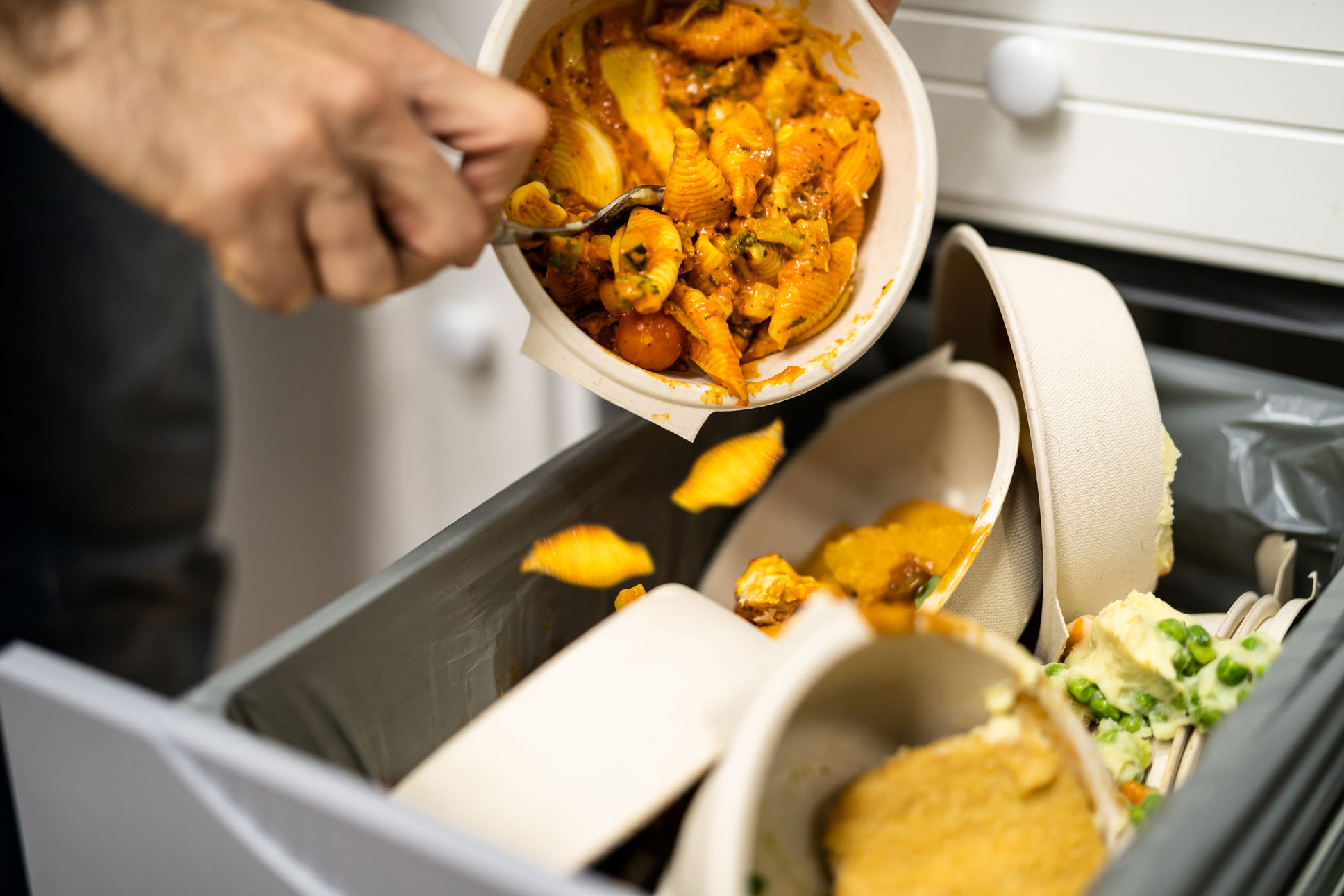Food Waste It’s A Big Issue
According to WWF, an estimated one third of all the food produced in the world goes to waste. Yes, that’s right – one third. That’s the same as about 1.3 billion tons of fruits, vegetables, dairy, seafood or grains that get spoiled during distribution or are thrown away in residential or commercial kitchens. Scarily, it could be enough calories to feed every undernourished person on the entire planet.
But let’s delve into this a bit more, as food waste isn’t just a social or humanitarian issue – it’s also an environmental one. When we waste food, we’re also wasting all the energy and water resources it takes to grow, harvest, transport, and package it all up. If food is then sent to the landfill and rots – it produces methane, a greenhouse gas that is even stronger than carbon dioxide. There is also the moral issue of wasting such a huge quantity of food when there is so much world hunger.
As the world’s population continues to rise, our challenge should not be to create more food to be wasted but to educate people on food wastage, its impact on our planet and how to reduce it.
To stop food wastage, considerations and changes need to be brought into effect at every stage of the food process. Farmers, food processors, supermarkets and us, the consumers, all play a vital role in reducing food waste.
We can all reduce our food footprint, buy food in accordance with a meal plan, foods that look damaged or ‘ugly’ can be used in soups and stews. If food remains unfit for human consumption, livestock can eat it. If it’s completely inedible, it can be used for compost or at least recycled in the appropriate manner so it’s not sent to a landfill to rot.

Back in January 2022, a new act came into effect in San Diego called Senate Bill 1383 which is aimed to reduce greenhouse gases emission and requires that all grocery stores and other food suppliers donate all their edible food waste to food rescue organisations and food banks.
Locally Lidl NI have set up a fantastic initiative called Waste Not, which sets out to save the company more than 220,000kg of food waste per year whilst also offering more savings to its customers. The Waste Not boxes are priced at £2.50 and will contain at least 5kg of mixed fruit and vegetables which are fine to eat but have been separated from multipacks as they may have been damaged.
This is the first act of its kind in Northern Ireland and was officially rolled out in March 2023 after a successful trail run in September which saw 3,700 Waste Not boxes sold and prevented 18,500kg of food going to waste. Success!
How can you help with food waste?
We’d all like to do our bit to help reduce food waste, so here’s a few tips to get started.
- Only buy what you need – Write a list of things that you’d like to buy and try to avoid shopping on an empty stomach as this can lead to impulse buying, causing unnecessary spending and waste.
- Use your freezer – If you’re fortunate to have a freezer with ample space then make the most of it! Cooking and freezing food before it goes off is a fantastic way to avoid food waste.
- What leftovers? – Use your leftovers to create more delicious dishes. Useful websites such as MyFridgeFood, Supercook as well as Tesco’s Recipe Finder Tool are great tools to help use up leftover food or food just about to go off. Enter the ingredients that you have and they’ll recommend recipes to make. Easy!


- We’re jamming – Fruits and vegetables that are beyond ripe still taste delicious so use them to create smoothies, sauces, soups and jams.
- Have a clear out – Regularly clear out your fridge and food cupboards so you can keep stock of expiration dates.
Check out our socials to see how we challenged the Ardmore groups to go head-to-head on READY, STEADY, REDUCE! A competition to see who could create the best meals with food normally deemed for the bin!





